Sakhalin Island Taiga
The ecoregion’s land area is provided in units of 1,000 hectares. The protection goal is the Global Safety Net (GSN1) area for the given ecoregion. The protection level indicates the percentage of the GSN goal that is currently protected on a scale of 0-10. N/A means data is not available at this time.
Bioregion: Sea of Okhotsk Coastal Taiga, Meadows & Tundra (PA6)
Realm: Subarctic Eurasia
Ecoregion Size (1000 ha):
6,886
Ecoregion ID:
716
Protection Goal:
69%
Protection Level:
1
States: Russia
Bearded lichens cover magnificent larch and fir trees in this island ecoregion in Russia’s far east. Home to brown bears and the Sakhalin taimen—a critically endangered species of salmon—the island also boasts unusual mud volcanoes and meadows of gigantic grasses. Extensive oil and gas developments in recent years pose a threat to the island’s flora and fauna, as well as a small population of grey whales which has its major feeding grounds in the seas surrounding Sakhalin.
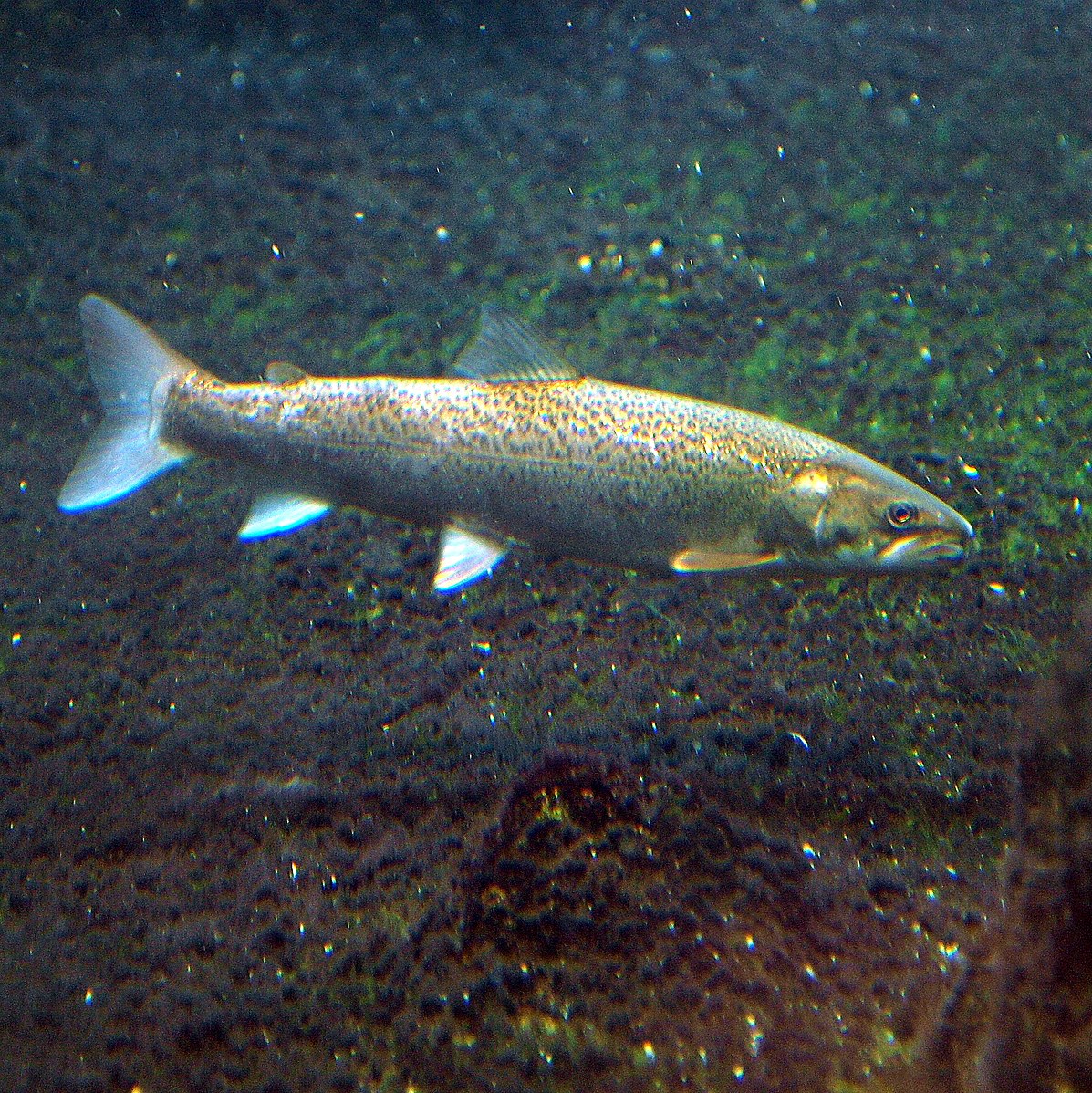
The flagship species of the Sakhalin Island Taiga ecoregion is the Sakhalin taimen. Image credit: Togabi, Creative Commons
This ecoregion covers the majority of Sakhalin, a 948 km-long island separating the Sea of Okhotsk from the Sea of Japan in the far east of Russia. Long, freezing winters are typical in the region, with average January temperatures of -14°C and mean monthly precipitation of 34 mm. Summers by contrast are humid and short; the average July temperature is 13.9°C with a mean monthly precipitation of 73 mm. Although there is lowland plain in the north, much of the island is mountainous with 160—mostly mud—volcanoes in the region and a highest elevation of 1,609 m at Mount Lopatin.
Forests cover around two-thirds of the land on Sakhalin. In the northern lowland areas, sparse larch taiga dotted with species such as birch, montane alder and willow is dominant in swampy soils, interspersed with shrublands of Siberian dwarf pine and sphagnum bogs. Moving south, spruces and firs are dominant, with an abundance of Sakhalin fir.
Meadows are scattered along mountain slopes and in river valleys, as well as coastal areas where species such as beach pea, Siberian lily, and rosehip provide a burst of colour to forest clearings. A characteristic feature of some of these meadows is gigantism—especially in the south—in woody and herbaceous plants such as ample butterbur, the regionally endemic Polygonum sachalinensis and Cardiocrinum glehnii. Plants may reach up to 4 m tall in some cases, with a combination of the climate, sea salts, and rich soils following recent volcanic activity creating the optimum conditions for their growth.
A diversity of habitats from rugged mountains to the watersheds of the Pursh-Pursh and Vengeri rivers lends itself to a rich fauna in this ecoregion. Brown bears are the largest animal on Sakhalin and can be found in relatively high numbers around the island, unlike the lynx and endemic subspecies of Siberian musk deer, which are both present only in small numbers,. Reindeer can be found in the north of the ecoregion.
Despite its small size, the island hosts 11 salmonid species including pink, chum, coho, masu-cherry, and the critically endangered Sakhalin taimen. It is the most abundant salmon region in the world after Alaska and Kamchatka. It is also home to the core breeding ground for Nordmann’s greenshank, with other avifauna including the long-billed murrelet, Blackistonās fish owl, Siberian grouse, and vulnerable Aleutian tern and Steller’s sea eagle. In the seas surrounding Sakhalin, a small population of grey whales has its major feeding ground and is showing promising signs of recovery after decades of commercial whaling.
The pristine taiga forests of Sakhalin have been significantly altered over the last century of industrial development, with high levels of tree felling due to the large demand for high value timber. The timber industry is especially dominant in the centre and southern parts of the island, whereas reindeer herding is more common in the north. Permeating virtually all areas of Sakhalin are the major oil and gas developments which began in the 1990s and have significantly impacted local wildlife through the construction of pipelines and widespread pollution of water bodies. Salmon populations in particular face major threats from extensive poaching and pollution from the oil and gas industry.
However, the Vostochny Refuge—established in 2007 and protecting both the Vengeri and Pursh-Pursh river basins—has been successful in restoring some major salmon spawning grounds and protecting virgin taiga. Several Important Bird Areas also exist in the region, as well as several protected areas which cover a range of habitat types.
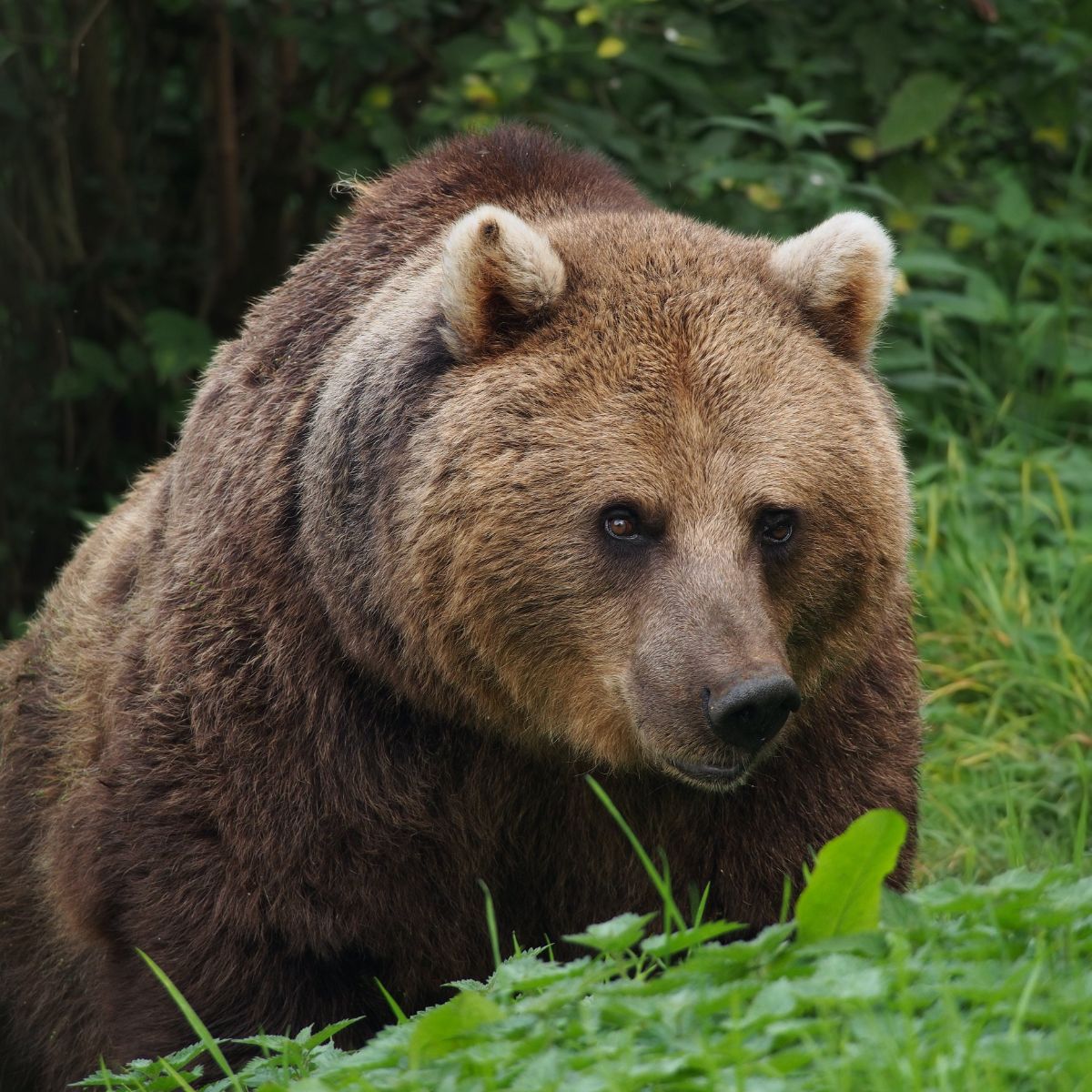
Brown bear. Image credit: Creative Commons
Expansion of oil and gas production in the region—especially in the north—poses a threat to the island’s wildlife, including salmon populations and grey whales in the surrounding seas. Declining salmon stocks have consequently had a major impact on the local brown bear population, for which fish is a significant element of their diet. This has led to reports of human-wildlife conflict on the island, as bears are forced to look elsewhere for food. Extensive logging, likely exacerbated by expanding oil exploration and a lack of reforestation efforts, threatens several bird species which nest in the old-growth forests.
Conservation priorities for the next decade will be to: 1) work with oil companies to limit impact on wildlife through strategic planning of developments; 2) increase coverage and effectiveness of protected areas to minimize further reduction in virgin taiga cover; and 3) increase legal protection of salmon populations to minimize poaching and overexploitation of stocks.
Citations
- Surmach, N. et al. (2014) ‘Flora of Sakhalin’. Sakhalin Energy Investment Company. Available at: http://www.sakhalinenergy.ru/media/library/ru/publications/Rastitelnost_Sakhalina.pdf [Accessed 22/11/2019]
- Russian Nature (n.d.) ‘Biomes and Regions of Norther Eurasia: Sakhalin’. [Online]. Available from: http://www.rusnature.info/reg/18_5.htm [Accessed 22/11/2019]
- Wild Salmon Center (n.d.) ‘Sakhalin Island’ [Online]. Available from: https://www.wildsalmoncenter.org/campaigns/sakhalin/ [Accessed 22/11/2019]
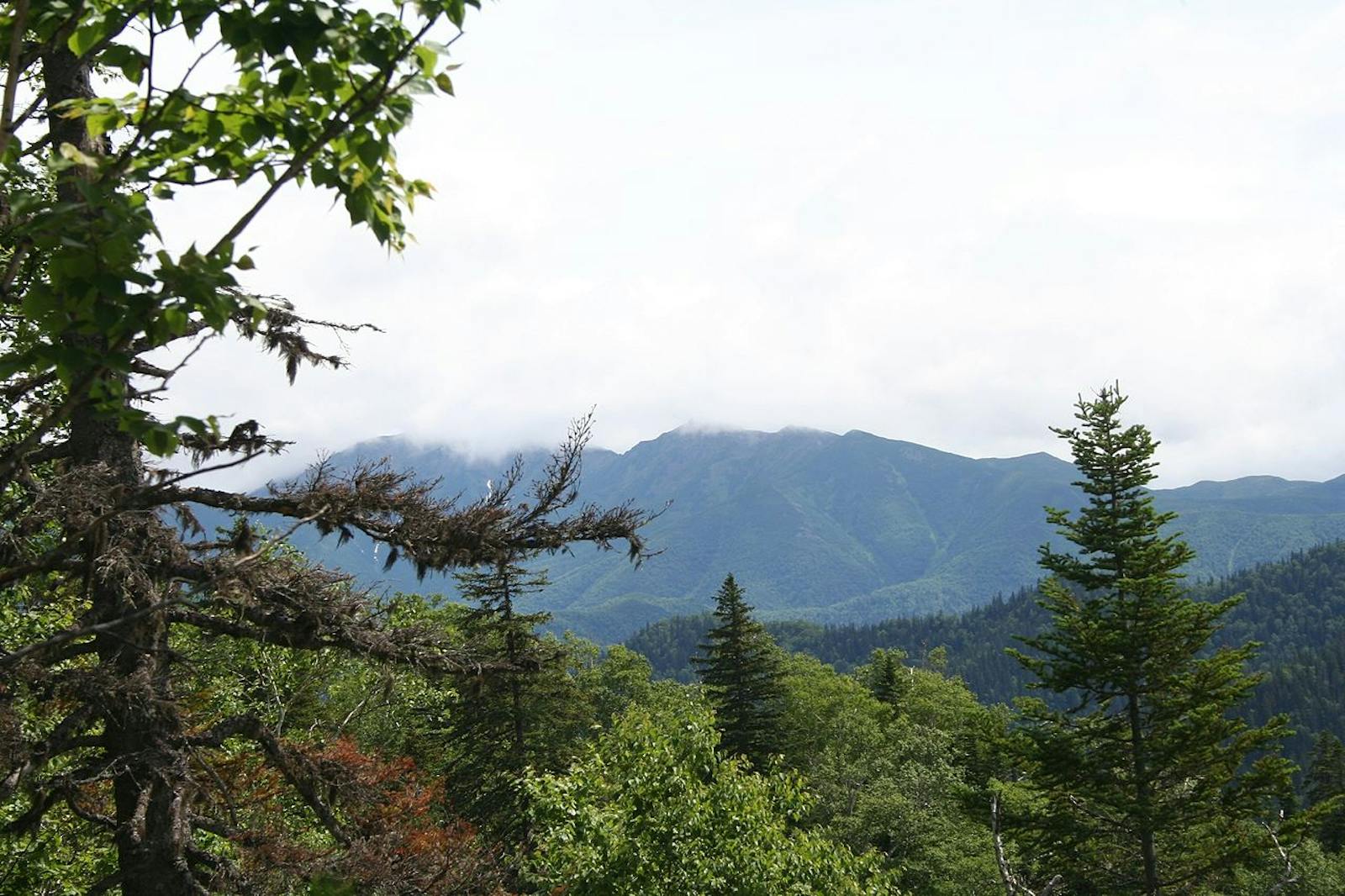
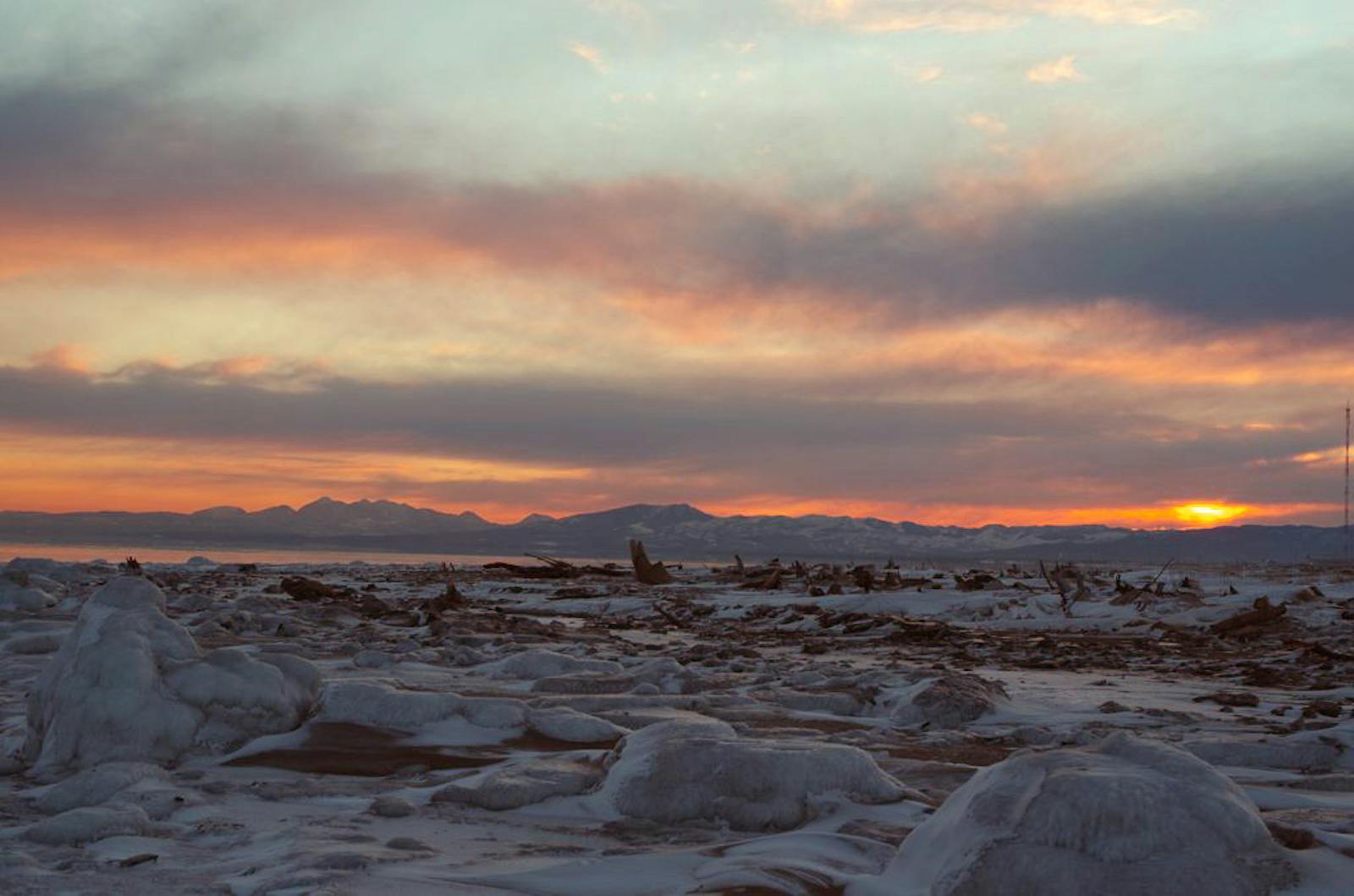
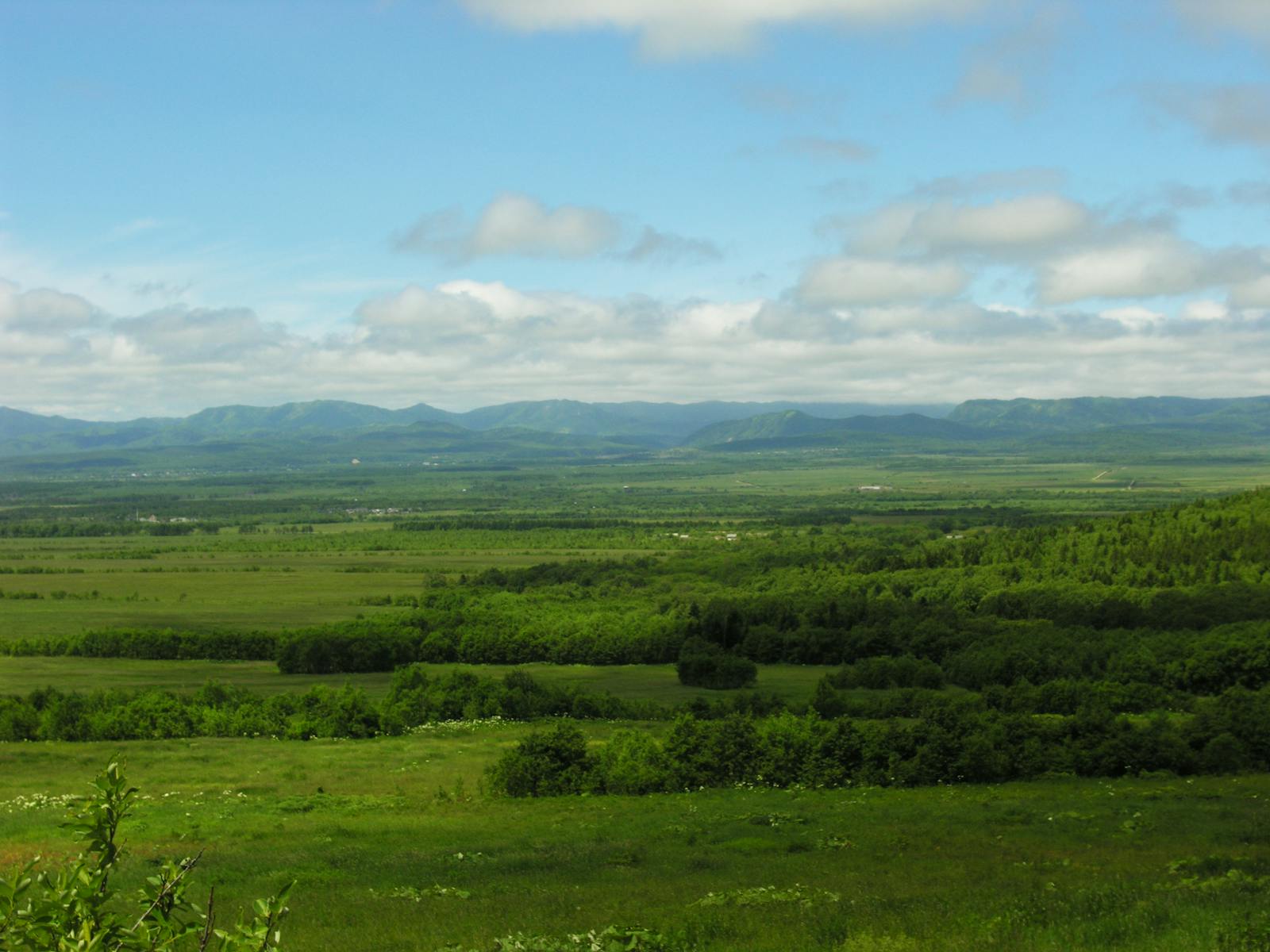
.png?auto=compress%2Cformat&w=300)
